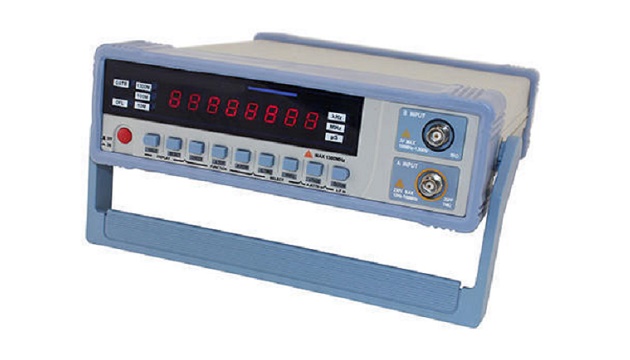As per the latest report published, worldwide sales of frequency counter are estimated to surpass US$ 2,500 Mn in 2019. Market gains are upheld by the ever-increasing demand for frequency counters from multiple end-use industries, such as telecommunication, defence, aerospace, and automotive. In addition, need for precise measurement of various communication parameters, including time interval, period, pulse, and calibration of wireless devices, is further likely to sustain high demand for frequency counters in 2019 and beyond.
Rising need to track essential parameters and associated technical requirements is among the key factors bolstering adoption of frequency counters in wireless & communication technologies space. Sensing diverse requirements of varying end-use applications, manufacturers are commercializing frequency counters of different types best-suited to the target application, including handheld and benchtop frequency counters. Frequency counter assists in impeccable measurement of intervals amidst production cycles, which is another crucial factor driving the frequency counters market.
Industry 4.0 to Shape Frequency Counter Market Landscape
As industry 4.0 is making inroads into the global manufacturing paradigm, operators across multiple industries are set to unlock value from it. Industry 4.0 is predominantly responsible for multiple advancements and breakthroughs making their mark in multiple industries, including communication. These advancements coupled with complex nature of operations are necessitating accurate and precise frequency counting for sound functioning, thereby favouring adoption of frequency counters, finds the report.
Manufacturers, with an objective of reaping the benefits of Industry 4.0, are preparing for futuristic disruptions that is encouraging them to experiment with new business models and deploy effective electronic equipment. According to the report, this likely to create favourable circumstances for growth of frequency counter market through 2027. Moreover, various types of frequency counters can record frequencies of different waves and wavelengths, such as sin, square, and others, which results in their comprehensive application across various industrial units.
Manufacturers Focus on Incremental Innovation & Launch of New Technologies
According to the report, manufacturers operating in the global frequency counter market are meticulously doing their bit for development of high-accuracy and precision-based frequency counters. Frequency counters based on the reciprocal counter technology are currently trending in the market, which is being considered and capitalized on by the leading market players. Moreover, manufacturers are also focusing on rolling out frequency counters with features, such as twelve-digit display, which enable the end users to detect minute changes in the frequency. In addition, key market players are engaged in developing precision devices with the adoption of advanced technologies, which is expected to enhance their foothold in the global frequency counters market.
According to the analysis, the frequency counter market is characterized as a moderately-consolidated landscape. Several key players, such as Schneider Electric, Keysight Technologies, and Crompton Instruments (TE Connectivity), account for a hefty pie of the global market share. Developing and selling high-accuracy and precision-based frequency counters to customers, which are best suited as per varying industry requirements, is among the key strategies followed by market players to increase their market share.
Some of the key manufacturers of frequency counters are OMRON Corporation, Yokogawa Electric, National Instruments, Anritsu, Fluke, ISKRA, B&K Precision Corporation, HAMEG Instruments GmbH, Berkeley Nucleonics Corp, Stanford Research Systems, Simpson Electric, and Shijiazhuang Suin Instruments Co., Ltd.
Click here for more information










